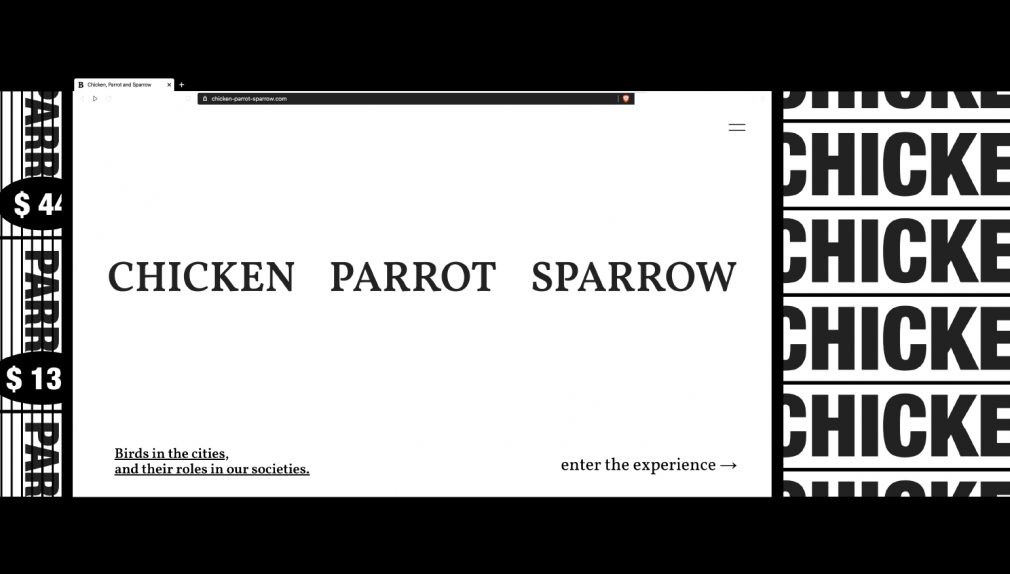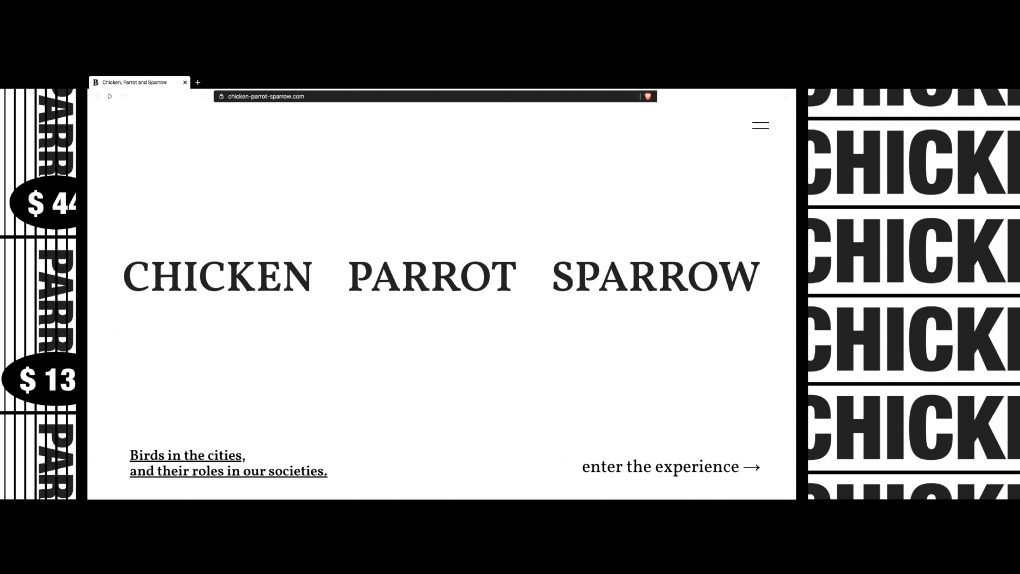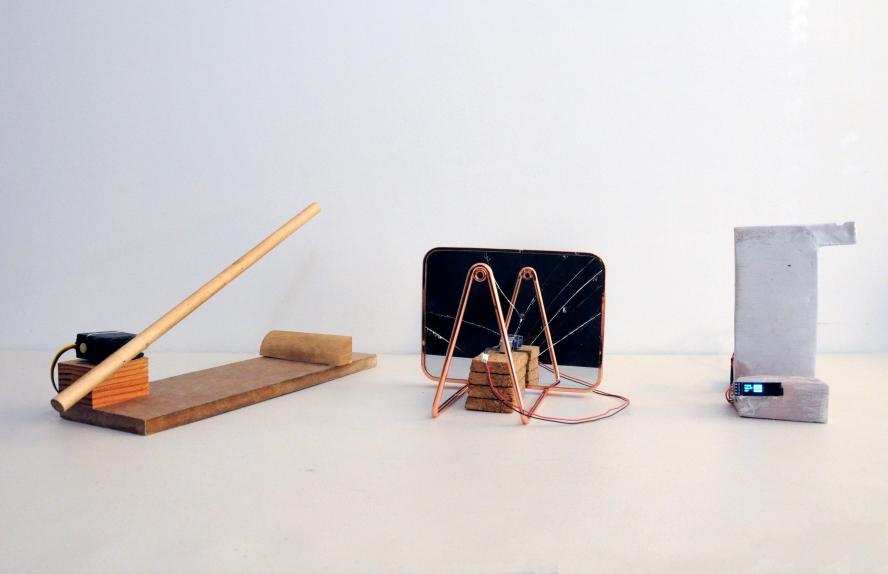An educational puzzle game that explores the history of life on Earth.
topher blair
Description
What do you do when the world falls apart? Extinction Party is an educational puzzle game that explores the history of life on Earth by looking at the five major mass extinction events. It will take the form of a 3-foot high standing pentagon shape, with each side of the pentagon containing fun ways for participants to explore what life looked like before and after the extinction, and how why scientists think it happened in a certain way.
My thesis project is one side of this theoretical sculpture, which will be playable as a computer game. The game will be a proof of concept for a larger physical sculpture, which would be installed in a museum. I hope that both kids and adults will enjoy playing with it.




